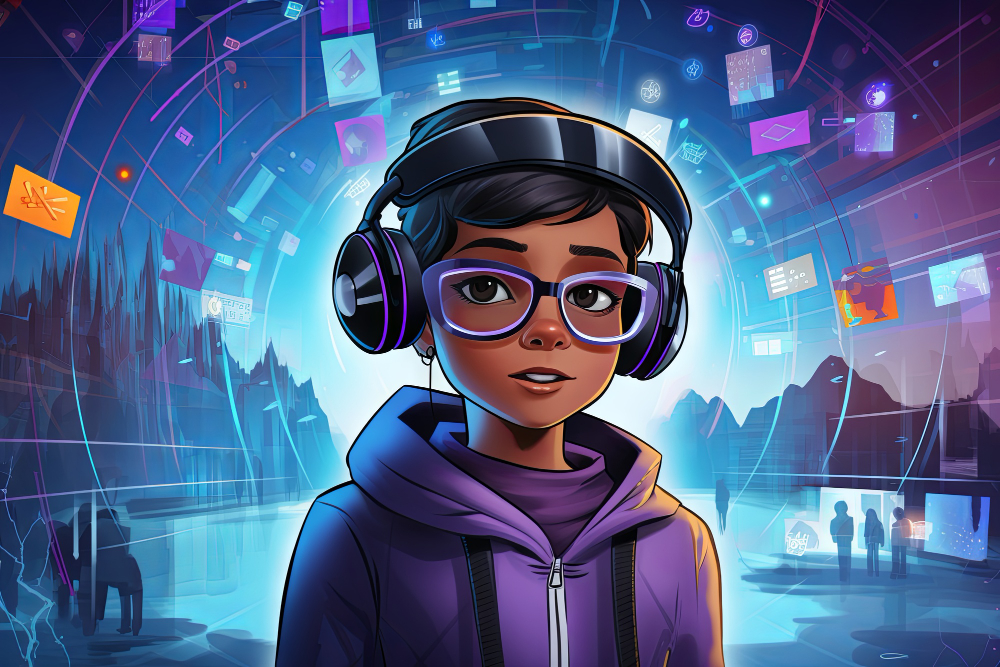Optimizing game design with low polygon models is crucial for enhancing performance and achieving great stylistic efficiency in game development. This blog explores the benefits and methods of using a Low Poly Model to improve game design.
What are Low Polygon Models?
Low polygon models, often called “low or low poly” models, are 3D models designed with a minimal number of polygons. They are widely used in game design to optimize performance without sacrificing visual quality. By reducing polygon count, these models streamline rendering processes and enhance overall efficiency in game development.
Implementing low polygon models can lead to faster load times, smoother animations, and more responsive gameplay. Their simplified geometry also facilitates easier handling of complex scenes and environments, making them ideal for mobile and indie game developers aiming to deliver high-quality experiences with minimal technical overhead.
Benefits of Using Low Polygon Models:
Low polygon models offer significant advantages to game developers.
They contribute to better performance by reducing the computational load required for rendering, which is crucial for maintaining smooth gameplay experiences on various platforms. Their simplified geometry also allows quicker production times and easier integration into game environments.
Stylistically, low poly models can create visually appealing aesthetics characterized by clean lines and a distinctive artistic charm, making them popular in indie and mobile game development. These models are also versatile, lending themselves well to diverse genres and art styles, ensuring flexibility in design without compromising efficiency or visual impact.
Tools and Software for Creating Low Polygon Models
Several software tools cater to creating low polygon models, catering to different aspects of 3D modeling and rendering. Popular options include Blender, renowned for its versatility and open-source nature, and 3DS Max, favored for its robust modeling and animation capabilities.
These tools support various file formats like OBJ, FBX, and BLEND, providing flexibility in model creation and integration into game development pipelines.

Where to Find Low Polygon Models?
There are numerous sources where developers can find both free and paid low polygon models. Repositories like 3DAiLY and marketplaces such as TurboSquid and CGTrader offer a wide range of model options in formats like OBJ, FBX, STL, MTL, and BLEND. These platforms provide downloadable pack of models suitable and easily integrated for various game development needs.
Integration of Low Polygon Models in Game Projects
Integrating low polygon models effectively into game development involves selecting suitable models for specific project requirements. Developers can utilize these models for props, characters, props, and environmental objects, ensuring they fit stylistically and functionally within the game’s design. This integration process helps streamline workflow and enhances the overall cohesion of the game’s visual elements.
Tips for Choosing and Using Low Poly 3D Model:
Consider Aesthetic Compatibility:
Select models that match your game’s visual style and theme. Ensure they contribute positively to the overall artistic direction.
Check File Compatibility:
Verify that the models are available in formats compatible with your game engine or design software (e.g., OBJ, FBX). This ensures smooth integration without conversion issues.
Ease of Integration:
Choose models that are easy to integrate into your existing project. The Low Poly 3D Models should fit seamlessly into your game environment without requiring extensive modifications.
Prioritize Technical Requirements:
Assess the polygon count and level of detail needed for your game’s performance requirements. Opt for models that strike a balance between visual quality and efficient rendering.
Optimize for Performance:
Modify models if necessary to optimize performance. Reduce unnecessary polygons or simplify textures while maintaining visual appeal to enhance gameplay smoothness.
Test in Context:
Evaluate how the models look and perform within your game environment. Test them in different scenarios to ensure they meet both aesthetic and technical expectations.
Importance of Low Polygon Count
The importance of a low polygon count in game design cannot be overstated. It directly impacts performance efficiency, allowing games to run smoothly on a variety of devices without compromising visual quality. By reducing the number of polygons, developers can optimize rendering times and improve frame rates, crucial for immersive gameplay experiences.
Low polygon models also offer an opportunity to streamline production workflows, making them easier to work with and integrate into game environments. This approach not only enhances efficiency but also provides a cost-effective means to build an extensive collection of assets for games, available free for download or purchase on a dedicated page and pack.
Examples of Games that Have Successfully Used Low Poly Model
Games like “Monument Valley” and “Crossy Road” have demonstrated the artistic potential and performance benefits of low poly model. These projects showcase how effectively integrating low poly aesthetics can result in visually stunning and efficient game designs. Such examples highlight the versatility and appeal of low polygon models across different genres and platforms, creating beautiful and captivating game worlds.

Conclusion
In conclusion, optimizing game design with low polygon models offers significant advantages such as improved performance and streamlined production. By choosing models wisely and leveraging platforms like 3DAiLY for diverse options, developers can enhance efficiency and visual appeal in their projects. Explore and implement a Low Poly Model to enrich game environments and gameplay experiences. Start your journey by selecting suitable models and adding them to your cart on platforms like 3DAiLY to begin transforming your game design approach.



